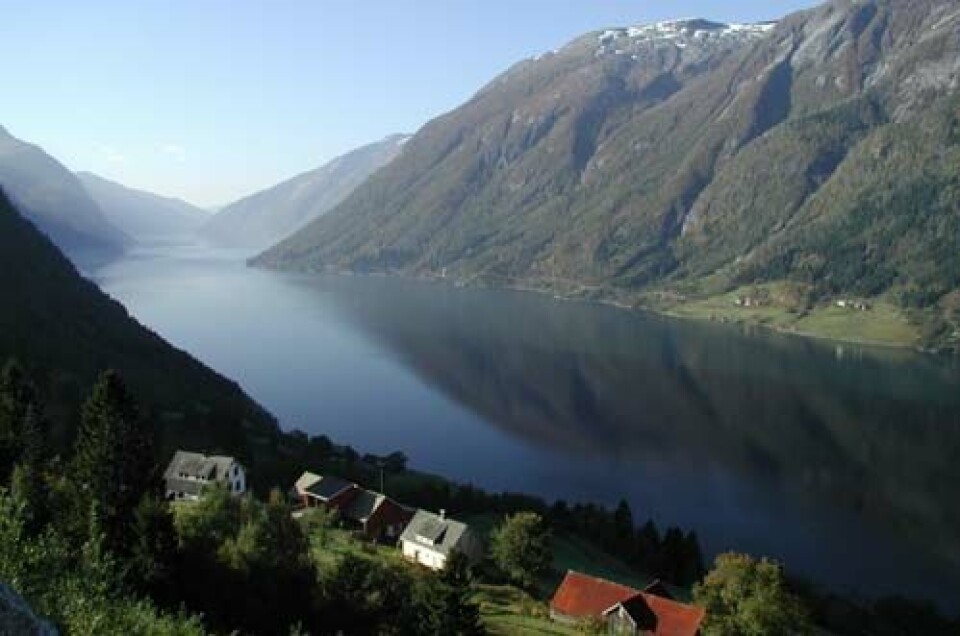
Prices hide problems in south Norway
Norway Royal Salmon (NRS) has reported a mixed final quarter of 2015, with their northern sites faring considerably better than their more southerly counterparts – due to fewer biological challenges in the former. However, thanks to the highest Q4 spot prices for 20 years, both operations managed to achieve a positive EBIT.
Indeed, Region North produced an EBIT of NOK 14.54 per kg gutted weight and Region South produced an EBIT of NOK 3.63 per kg.
“The reason for the good quarterly result is an improvement in production costs in Region North compared to the previous quarter, as well as good salmon prices. It is gratifying to see improvements in the biological key performance indicators that have resulted in lower production costs,” says CEO Charles Høstlund.
NRS harvested 8,251 tonnes gutted weight during the quarter, 52 per cent more than in the same quarter last year. 6,806 tonnes of the total volume were harvested in Region North and 1,445 tonnes in Region South. Estimated harvest volume for 2016 is 27,500 tonnes.
“NRS expects a significant build-up of biomass in 2016 because the Group will start to utilise the green licences,” says Høstlund.
Nordea analyst Kolbjørn Giskeødegård said: “Overall, the EBIT margin is in line with peer Marine Harvest for Norway and as such should be expected to represent an industry average for Norway in Q4. Looking forward, they reiterate their 27,000 tonne volume guidance for 2016 and also the fact that they will ‘rush slowly’ the roll-out of green licenses. They also say production in sea is running fairly smooth in both regions. A positive deviation on both top line and EBIT should be positive for the share in the market today, also that dividend is 50% higher than consensus expectations.”
In the company’s northern farms, production costs fell from NOK 30.5 in Q3 to NOK 28.9 per kilo as the new 2014 generation had an improved performance. However, Giskeødegård points out, production costs were NOK 4 higher than Q4 2014 and “the feed cost inflation during 2015 is the main suspect for this cost increase”.
Giskeødegård adds that the picture in their southern operations was less positive, with production costs increasing by NOK 12 during 2015 to reach NOK 41.9 per kilo in Q4. However, this was mitigated by excellent sales prices.
“The most impressive result from this region is that they achieved NOK 3.63 EBIT margin despite this cost level, which means they had a good timing of their sales in the quarter. Apart from that, this region has poor outlook for substantial cost improvement during 2016,” the analyst reflects.























































